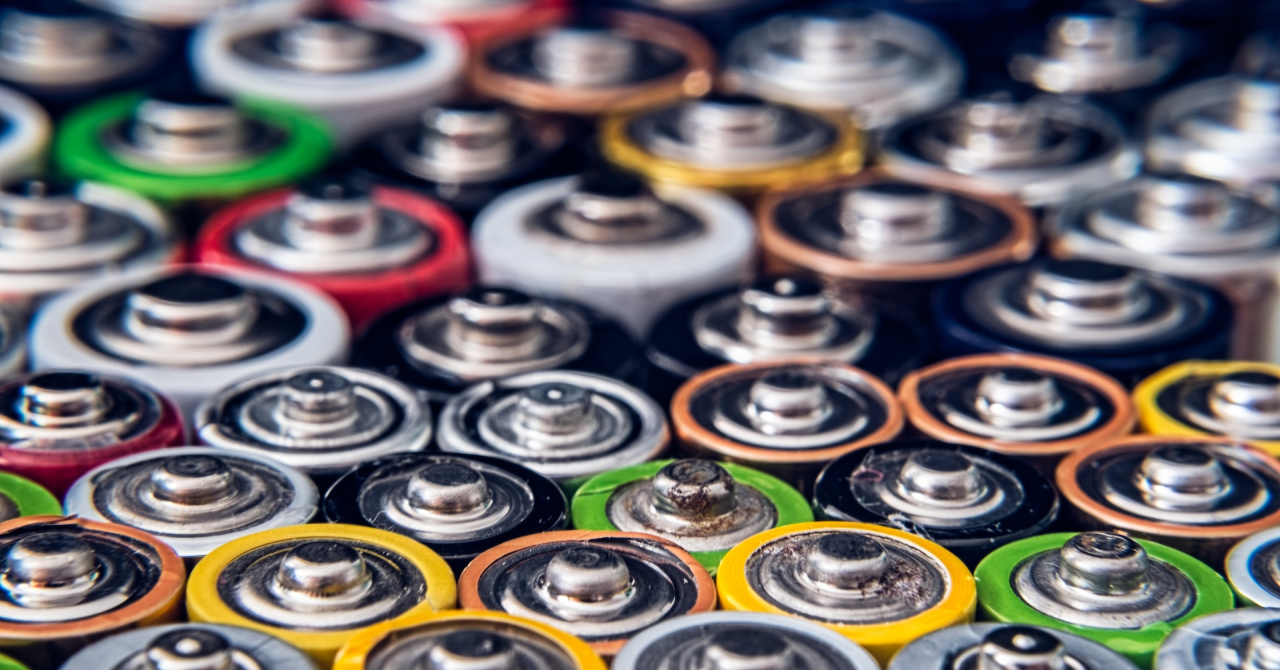As per Stellantis Senior Vice President, Circular Economy Business Unit, Alison Jones, "the United Nations’ Sustainable Development Goals has confirmed the need to find solutions like this one with Orano to meet the challenge of natural resource scarcity and sustainability. Guided by our Dare Forward 2030 strategic plan, Stellantis is committed to shifting its production and consumption model by fulfilling its circular economy commitment."
The joint venture capitalizes on Orano’s low-carbon technology, which breaks with existing processes, allowing the recovery of all materials from lithium-ion batteries, and the manufacturing of new cathode materials. The joint venture will produce materials also known as "black mass" or "active mass". This can be refined in Orano’s hydrometallurgical plant to be built in Dunkirk, France, so that the materials could be re-used in batteries, thus closing the loop of a circular economy.
Thanks to its pre-treatment approach and latest hydrometallurgy technology, the recovery rates of metals can reach exceptional levels of more than 90%. It enables OEMs to reach European Commission levels of recycling rate into batteries of electric vehicles and ensure the sustainability of the business model.
As part of Stellantis’ Dare Forward 2030 strategic plan, its Circular Economy Business Unit is pushing to increase recycling revenues by ten times and achieve more than €2 billion in total circular economy revenues by 2030. Stellantis is on track to become a carbon net zero corporation by 2038, all scopes included, with single-digit percentage compensation of remaining emissions.
 Mihai - Cristian Ioniță
Mihai - Cristian Ioniță












Any thoughts?